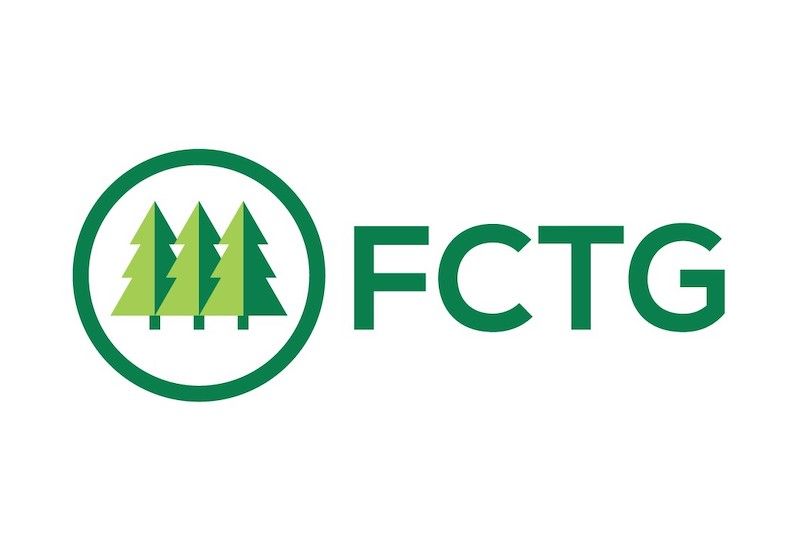The 4 Letter Word That Every Private Company Should Know About – LTIP
Long Term Incentive Plans (LTIPs) and Why to Implement
Executive compensation is a nuanced and multifaceted subject that involves a delicate balance between rewarding top talent and aligning their interests with the long-term success of the organization. Typically, executive pay packages consist of three primary components: base salary, annual bonuses, and long-term incentive plans (LTIPs). While base salary and annual bonuses have historically been the most visible and commonly discussed elements of executive compensation, LTIPs are increasingly being recognized as the third and arguably most important leg of the stool.
LTIPs serve as a tool for aligning the goals of executives with those of the company over the long term, offering rewards that are tied to the sustained growth and profitability of the organization. As businesses evolve and face growing challenges, LTIPs have become a central component in shaping how executives are compensated, ensuring they remain focused on creating long-term shareholder value.
Over the past 75 years, LTIPs have been a common feature in public companies, where stock options, performance shares, and other equity-based incentives align executives with shareholder interests. It hasn’t been until the past couple of decades that private companies have implemented LTIPs to align executives' interests with the long-term success of the company, but also almost out of necessity to compete for the same talent who might already possess an LTIP as part of their compensation.
What Are Long-Term Incentive Plans (LTIPs)?
Long-Term Incentive Plans (LTIPs) are compensation structures designed to reward executives for achieving long-term business goals. Unlike annual bonuses, which are typically tied to short-term financial metrics, LTIPs are structured to reward performance over a longer time horizon—usually three to five years or more. The primary purpose of LTIPs is to ensure that executives are motivated to focus on sustainable growth, value creation, and the long-term health of the company.
The Factors Driving the Adoption of LTIPs in Private Companies
According to a survey by WorldatWork, approximately 63% of private companies are using LTIPs as a means of rewarding executives and aligning their interests with the company’s long-term success. Several factors have contributed to the rise in popularity of LTIPs in private companies, ranging from the quest for competitive advantage to changes in organizational dynamics and evolving employee expectations. But the following reasons might shed additional insight:
- Companies with LTIPs Have 30% Higher Revenue Growth: Research by the National Center for Employee Ownership (NCEO) found that companies that implement equity-based LTIPs experience 30% higher revenue growth compared to those that do not. The statistic underscores the positive impact of LTIPs on a company’s overall performance, as they drive executive focus on achieving goals that lead to sustained revenue growth, innovation, and market expansion.
- 91% of Executives in Private Companies Cite LTIPs as Key to Retention: A survey by Korn Ferry found that 91% of executives in privately held companies consider LTIPs an essential factor in their decision to stay with the company. The statistics demonstrate the significant role LTIPs play in retaining key talent, ensuring that executives are motivated to stay with the company over the long term. By offering equity-based compensation, companies can reduce turnover and keep their leadership team focused on long-term objectives.
- Companies With LTIPs Are 50% More Likely to Meet Exit Targets: According to a report by Bain & Company, private companies that implement LTIPs are 50% more likely to meet or exceed their exit targets during mergers, acquisitions, or initial public offerings (IPOs). By aligning executives' interests with long-term value creation, LTIPs motivate leadership to work toward achieving the performance metrics that will maximize the company’s value at the time of sale or public offering.
- Transitioning Ownership and Succession Planning: For family-owned businesses or privately held companies with a significant ownership stake held by a small group, succession planning is another critical factor in the decision to adopt LTIPs. As the company grows and the leadership team evolves, there may be a need to transition ownership to new management. LTIPs can help retain key executives during this period of change, providing financial incentives that keep the team focused on the company’s long-term growth even during periods of uncertainty.
As businesses strive to remain competitive and evolve in an increasingly dynamic marketplace, the adoption of LTIPs has evolved as a key driver for optimizing performance. No longer limited to public companies; private companies have increasingly recognized the benefit and need for these compensation structures. Perhaps adding these 4 simple letters (L-T-I-P) to a company’s compensation program could be the difference maker that they’ve been looking for.






